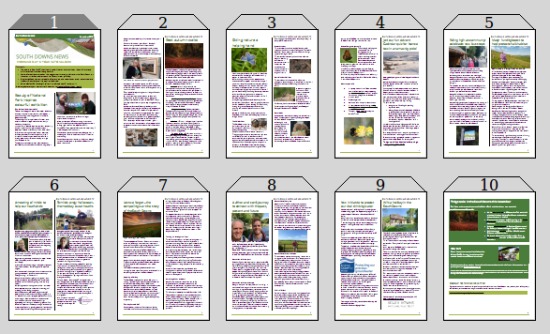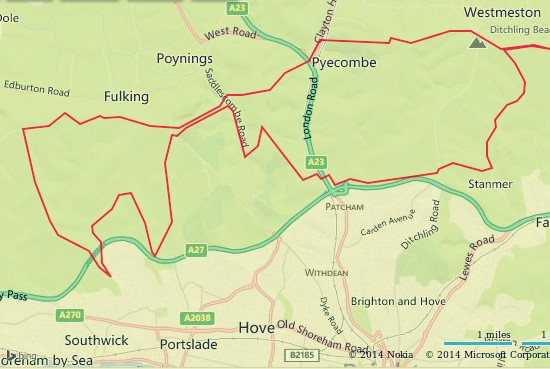Category Archives: South Downs Way
South Downs PLOD 2018
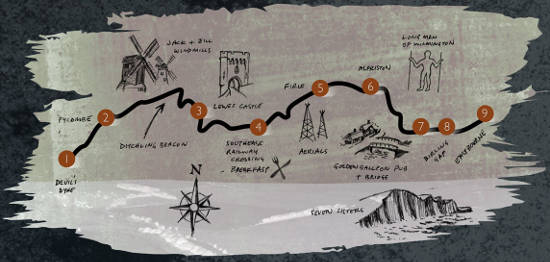
Avoid the views — hike at night. Your chance to walk from Devil’s Dyke to Beachy Head starting at midnight on 14th July for just £150.00 per five-person team (one in a car). Details here.
Shepherd & Doggerel
Click the image to see a readable version. Sources here.
Local Walks
Bobservation No. 12
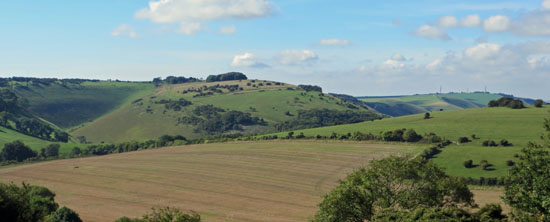
Newtimber Hill
Owned by the National Trust, Newtimber Hill is a delight for walkers at all times of the year. Access is from a number of points, the best known, and most accessible, is from the farm at Saddlescombe.
Over the year it is possible to see many varieties of wild flowers including bluebell, pyramid spotted and bee orchid, campion, hare bell, thyme and cowslip. The fauna includes roe deer, badger, fox, rabbit, weasel and stoat. Birdlife is abundant, the more interesting include buzzard, red kite, kestrel, swallow, house martin, yellowhammer, wryneck, spotted flycatcher, linnet, skylark, meadow pipit and redstart. Butterflies, including several different blues are often present.
Cattle graze here at certain times of year and walking a dog requires strict observance of the regulations, however, when there are no cattle it is a great joy to see a dog running free across the Downland. The views across the South Downs looking west towards Chanctonbury are some of the finest in Sussex. At times, cloud will envelope the top of the Downs giving a ‘tablecloth’ effect and if you are lucky enough to be walking above the cloud, it is a memorable sight.
How fortunate we residents of Fulking parish are to have such a treasure so near our village. At the end of your walk the ‘Hikers Rest’ offers very acceptable food, drinks and ice cream.
The National Trust do a splendid job maintaining this gem and it is up to us to respect and cherish it. One piece of advice, if your dog poops on the hill, either put it in a polybag or leave it to be disbursed by the rain, never leave the polybag on the hill, take it home with you.
St. Botolph’s reopens
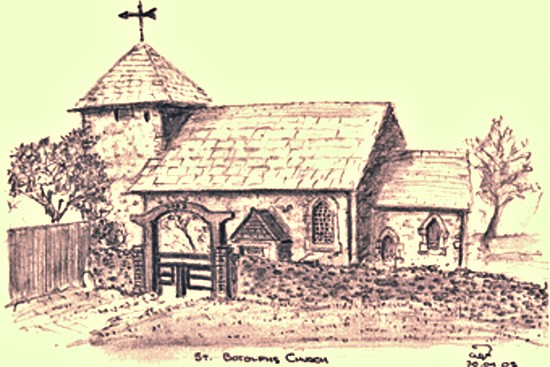
A special re-opening event is to be held at St Botolph’s Church, in Annington Road, Botolphs, on Saturday 6th December 6, at 2:00pm (followed by a carol service at 3:00pm), to allow people to see the results of the year-long first phase of the £380,000 restoration project. Mulled wine and mince pies will be served. The charge is £3 per head, children under 16 free with an adult. More here.
Our earlier posts on this project were Churches Conservation Trust takes over St. Botolph’s (April 2013) and The restoration of St. Botolph’s (April 2014).
Mud on the Downs
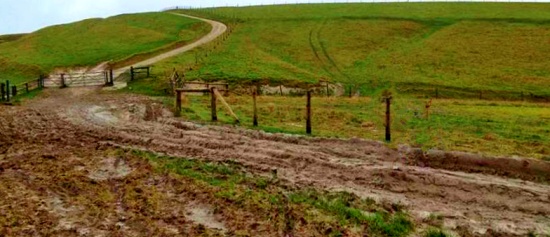
Charlie Cain, the National Trust’s Head Warden for the South Downs, writes:
The situation is not ideal and it is our intention to remove the cattle as soon as we can. The grass growth this year has been exceptional due to the long summer and we need to keep it under control. The grazing of cattle is the most effective natural way of doing this. The excessive rainfall this autumn has made the situation worse. The grass is still growing and the cattle are causing more damage because the ground is so soft.
I am regularly monitoring the condition of the paths. We intend to replace the cattle with sheep for the winter but at the moment sheep would not consume enough grass. I am unable to predict exactly when this will happen. It will depend on how much the grass continues to grow.
As regards fencing, we have let some of the fences fall into disrepair lately. This is because a larger area is more-efficiently grazed by cattle. When a fence is situated up and down the hill you tend to get more ungrazed areas because you change the grazing pattern of the animals. Our plans for next year however include splitting the Fulking hillside into three paddocks. This may make it easier to control damage to paths because we will be able to move cattle away from the worst-affected areas.
Meals for mink
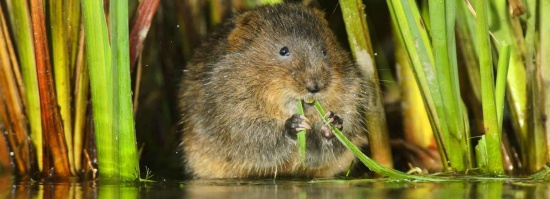
The SDNPA’s annual review for 2013-14 has just been published. The first achievement listed in the press release is the provision of 450 water voles to the River Meon. Other highlights include resurfacing just under a mile of the South Downs Way, replacing 46 signposts and repairing or replacing 24 gates. The full report is here [PDF].

